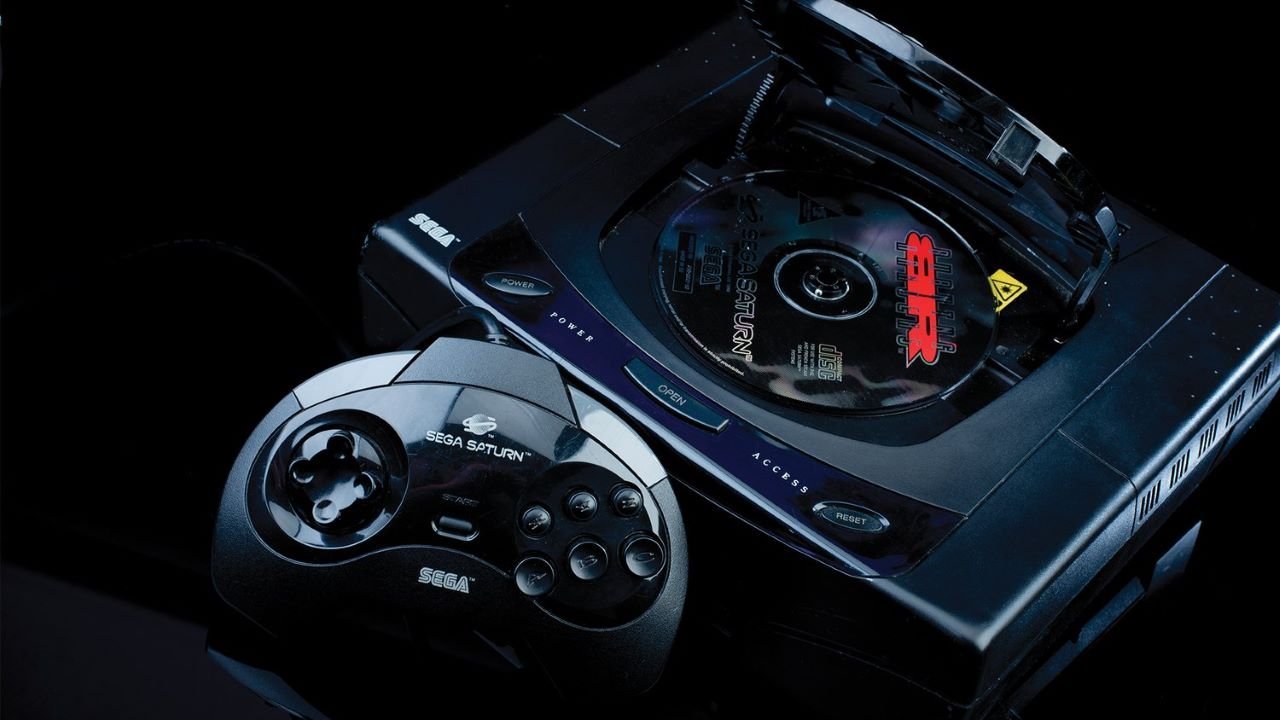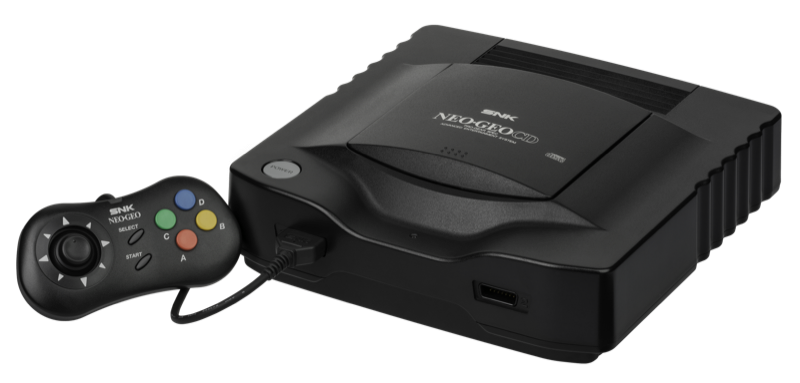Neo Geo: How SNK Brought The Arcade Experience To Homes
Image Source: CultureSlate
In the ’90s, during the height of the Video Arcade’s popularity, console ports were appearing all over the place. However, these were usually downgraded compared to the originals, as the boards used in those games used different hardware than the consoles. This usually resulted in lower-quality graphics, if not missing features and levels. However, there was one home console that was already capable of Arcade perfect ports, provided you had the money for it. It was the Neo Geo Advanced Entertainment System, and it was a home version of the Neo Geo Multi Video System seen in arcades. Read on to learn more.
SNK, short for Shin Nihon Kikaku, was a powerhouse during the age of the Arcade. One of the biggest rivals of Capcom, who would soon cause an Arcade renaissance with Street Fighter II, SNK would release a variety of games during this period. The Neo Geo MVS was released in 1990 and made use of cartridges for their games. Up to six cartridges could go in one cabinet, which saved on floor space and was the major selling point for the arcade board. Ports of Neo Geo games would arrive on other systems.
RELATED:
The MVS was soon adapted into the Neo Geo AES, using most, if not all, of the same hardware. This enabled Arcade perfect ports for the system, but the cost was a $650 price tag with $100-200 game cartridges. The AES was originally released as a rental-only system in hotels; SNK expanded sales and marketing after players expressed interest in actually buying it. If the player wanted an Arcade accurate port of games like Fatal Fury, Metal Slug, Samurai Shodown, and King of Fighters 94, they’d get a Neo Geo. If they wanted a port that they could easily afford, they’d have to settle for the other consoles.
Image Source: Wikipedia
The Neo Geo became the main venue for SNK’s games, with other companies, such as Alpha Dentsu and Data East, also releasing titles for both the MVS and AES. In addition, SNK developed a new version of the system, the Neo Geo CD. This system featured cheaper CD-based games, though problems with the CD drive meant slower load times for most players. Meanwhile, SNK continued to develop their titles, mainly arcade games competing with Street Fighter and the like. However, with the rise of 3D gaming, the Neo Geo was looking old.
Image Source: Wikipedia
Enter the Hyper Neo Geo 64, the console that was supposed to be a 3D update to both the MVS and the AES. However, the arcade board was a minor hit at best, and the seven games released for the system failed to move big numbers. Instead, SNK continued to support the Neo Geo in both of its formats, enabling it to become one of the longest-running home consoles and arcade boards in existence. In a sense, the Neo Geo would even outlast the very company that created it as the 90s came to a close.
For a variety of reasons, including piracy, the original SNK would be purchased by pachinko maker Aruze in 2000, who used their characters for machines. In 2001, the company entered bankruptcy, auctioned off its IP, and quietly dissolved. However, many of the employees would move to a new company, Playmore, which would acquire most of the rights to SNK’s library and hardware and eventually become the current incarnation of the company. The Neo Geo would be discontinued in 2004, leaving behind a 14-year legacy of the time SNK brought the arcade experience home, if for a premium price.
READ NEXT:
Source: YouTube















